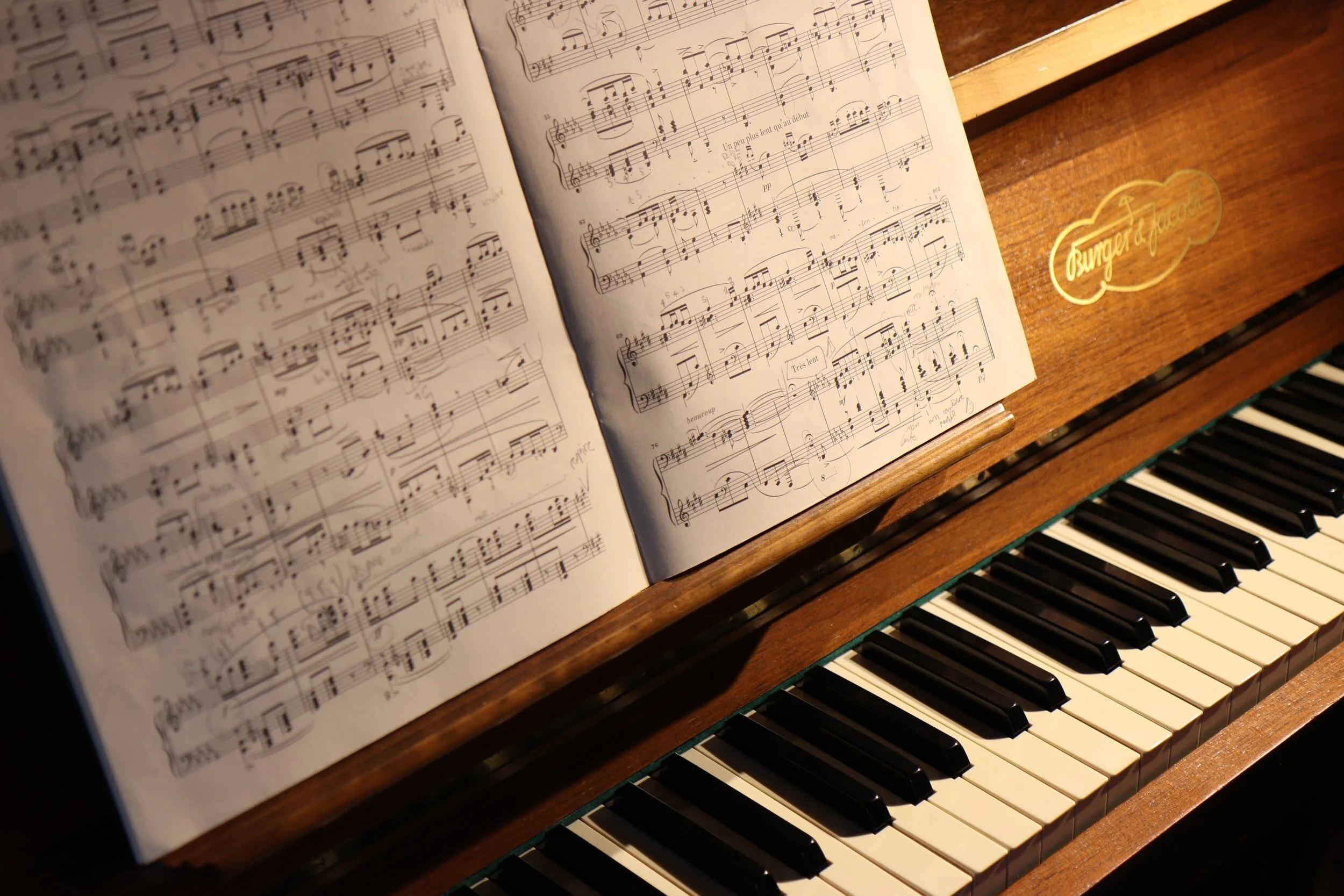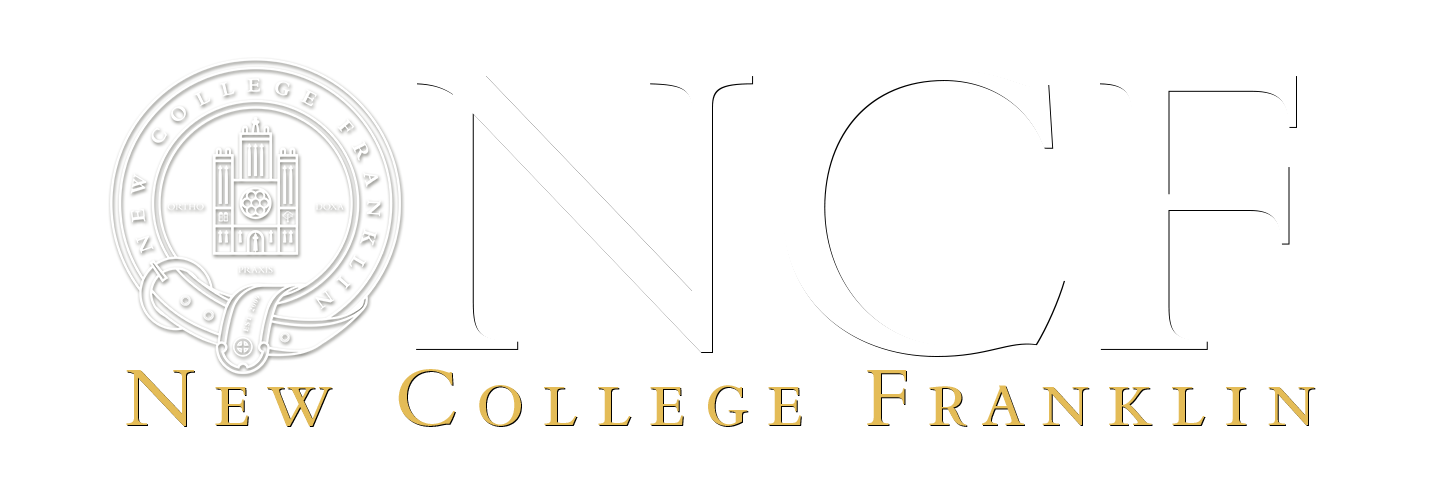
Quadrivium
The Quadrivium, the last four of the seven classical liberal arts, is ordered toward a life of Christian philosophy, theology, and worship. It preserves the original natural friendship between science and wonder. The Quadrivium leads students through the hierarchical progression of arithmetic, geometry, harmonia, and cosmology. The principle of number serves as a stepping stone to the contemplation of the unity of the entire Cosmos. Students reflect upon natural and divine unity by contemplating the Cosmos as God’s symbolon. Students study number (arithmetic), number in space (geometry), number in time (harmonia), and number in motion, time, and space (cosmology). Mathematics functions as an ideal foundation for these studies insofar as it makes possible the contemplation of a complex whole by means of a limited number of principles. The incarnational study of mathematics is for the sake of knowing God through His works, all of which display his beauty, order, and design. Further, mathematics reveals much of the order and design inherent in nature as well as its symbolic character.
Finally, the Quadrivium also directs us to explore other principles and models by which to know and delight in the creation and the Creator. This course of study facilitates a poetic stretching of the mind, while training students in precision of thought and humility. These studies ever remind us of our own limits--that the perfectly Intelligible God who created all things by his Word, who calls us to know him, remains beyond our capacity of perfect comprehension.

-
Arithmetic
Arithmetic, the study of number, serves as an introduction to the Quadrivium. Students explore the problem of the one and many and how that problem is expressed in all scientific-philosophic inquiry. Students engage foundational questions of philosophy, reflect on the psychological principles of learning, and the ontological implications of science--that being is intelligible. In this manner, arithmetic functions as an analogical prelude to all their studies.
-
Geometry
This year-long course trains students in the tradition of Euclidean plane Geometry. Euclid’s Elements serves as a framework for logical, imaginative, and systematic mathematical thinking. Students develop familiarity with the demands and structures of demonstrative science. The Elements take students on a journey from basic plane geometry, the nature of circles, inscribed figures, magnitude, proportion, and finally three dimensional or solid figure geometry. The course culminates in a study of the Platonic Solids in which the theory of beauty, proportion, and reason serve as an occasion to think about the patterns of creation and the embodiment of abstract ideas.
-
Harmonia
This year-long course of study from the medieval Quadrivium, also known variously as Harmonics, Harmonia, or simply Music, uses the theory of musical notes and intervals as a starting point to explore how harmony and order are revealed in all of God’s creation. In this course, students will learn to read notes and rhythms in treble and bass clef, identify scales and key signatures, compose simple melodies and harmonies, as well as begin to wrestle with the question of aesthetics, and how to judge beauty.
-
Cosmology
In Cosmology, a year long course of the Quadrivium, students seek an understanding and application of logic, precision, beauty and experiment in the science of astronomy. Historical readings such as Aristotle, Ptolemy, Copernicus, Kepler, Galileo and Newton provide logical demonstrations of scientific systems revealing how great thinkers envision the universe within an acceptable logical structure. Cosmology allows students to consider the challenges of what it might mean to give a unified account of the entire creation—to not only intuit or believe, but scientifically understand the unity of the uni-verse.
